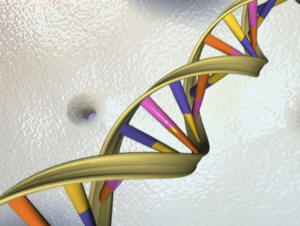|
The
DNA of deadly strains of plague, dysentery and cholera were also
decoded in what the researchers said was an effort to better
understand some of the world's most dangerous diseases and
develop new ways to fight them.
The samples from Fleming - the British scientist credited with
discovering the first antibiotic, penicillin, in 1928 - were
among more than 5,500 bugs at Britain's National Collection of
Type Cultures (NCTC) one of the world's largest collections of
clinically relevant bacteria.
The first bacteria to be deposited in the NCTC was a strain of
dysentery-causing Shigella flexneri that was isolated in 1915
from a soldier in the trenches of World War One.
"Knowing very accurately what bacteria looked like before and
during the introduction of antibiotics and vaccines, and
comparing them to current strains, ... shows us how they have
responded to these treatments," said Julian Parkhill of
Britain's Wellcome Sanger Institute who co-led the research.
"This in turn helps us develop new antibiotics and vaccines."
Specialists estimate that around 70 percent of bacteria are
already resistant to at least one antibiotic that is commonly
used to treat them.
This has made the evolution of "superbugs" that can evade one or
multiple drugs one of the biggest threats facing medicine today.
Among the most serious risks are tuberculosis - which infects
more than 10.4 million people a year and killed 1.7 million in
2016 alone - and gonorrhea, a sexually transmitted disease that
infects 78 million people a year and which the World Health
Organization says is becoming almost untreatable.
The genomic maps of the 3,000 strains are to be published on the
NCTC's website and made freely available to researchers
worldwide to help them in the development of potential new
diagnostic tests, vaccines or treatments.
(Reporting by Kate Kelland, editing by Richard Balmforth)
[© 2018 Thomson Reuters. All rights
reserved.] Copyright 2018 Reuters. All rights reserved. This material may not be published,
broadcast, rewritten or redistributed.
Thompson Reuters is solely responsible for this content.

|
|







